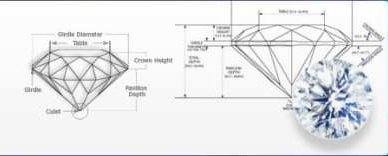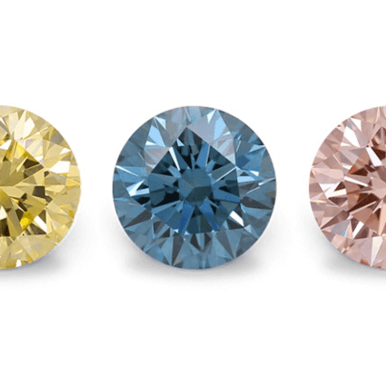Is Lab-Grown Diamond Popularity Rising?
Global demand for lab-grown diamonds grew from $75 million in 2015 to over $400 million in 2020. Analysts project the market could reach $15-20 billion by 2030. Key factors driving growth include:
- Cost 40-50% less than natural diamonds.
- Fashion/jewelry collaborations increase consumer exposure.
- Appeal to eco-conscious demographics as a sustainable option.
- Innovative branding shifts perceptions as an ethical alternative.
- Scalable production improving affordability, access.
If costs continue to fall, lab-grown diamonds could capture 10-15% market share for diamond jewelry by 2035. Major retailers now sell lab-grown diamond lines. But the natural diamond industry remains profitable. Consumer preferences could shift if production economics change.
Questions persist around lab-grown diamond energy use, workplace practices, sales disclosure. But they avoid issues like environmental damage associated with mining. This positions them as an ethical innovation.
Lab-grown diamonds are not resale assets like natural diamonds. Their long-term investment potential is uncertain. Natural diamonds will likely retain high-end niche value. Technological innovation must balance intrinsic diamond value. Striking this balance will shape lab-grown diamond popularity.














